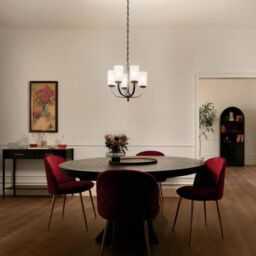There are many people who spend a considerable amount of time during the day making sure that their landscaping looks just right. In reality, however, there is no need for you to stop the beauty of the outdoors, just because the sun is going down. With a little bit of understanding about how landscape lighting design works, you would be surprised with the beauty that you can bring to your outdoor living environment at night.
This article presents some tips that that will help you get the most out of your garden lighting.
First, when you set out to design your landscape lighting, don’t think in only two dimensions. For example, you can change the way your landscaping looks by shining light down on it (down lighting) as well as by shining light up (up lighting).
You also need to not only think about the light that is thrown by your fixtures, but the shadow and silhouette effects that it creates as well. Designing your lights to be placed in various strategic places can make a big difference in the effects you achieve in your yard and garden areas.
One popular and very practical feature to include in any landscape lighting design should be path and walkway lights. Among the most cost effective and environmentally friendly option available for path lighting are low voltage solar and LED lights.
If you plan on hardwiring these lights, plan carefully in advance and lay out everything before you run the wiring. You will save time and frustration by making sure you have all the parts you need before your start.
Should you go with solar landscape lighting, you can easily put them in a place you like and move them at will as needed. Whether you go with wired or solar lights is a personal choice, but both will provide adequate illumination to light your walkways.
Another lighting fixture that will yield big results is a spotlight. Spotlights provide an excellent light source that can enhance the overall look of the outdoor area. You can use a spotlight to throw the light onto the house for a wash effect, or shine it up through the trees, shrubs and other standout features in your garden. You may even consider using different color filters to further enhance your landscaping. Colors such as blue, yellow and red can go far in bringing out the natural color of plant foliage, hidden characteristics of wood in tree trunks, branches and limbs, and other things you want to highlight.
Low voltage and solar lighting can be easily installed by the average homeowner in most cases. You can run the low volt electrical wires yourself and save money. Just make sure you position everything properly and test it before you complete the final installation. Follow your design plan and take your time during the installation, and you will be surprised with what you are able to accomplish.
On the other hand, if you should you choose a traditional 120 volt lighting system over a low voltage design, you might feel more comfortable hiring a professional landscaper or electrician to run the wiring.
AUTOPOST by BEDEWY VISIT GAHZLY






